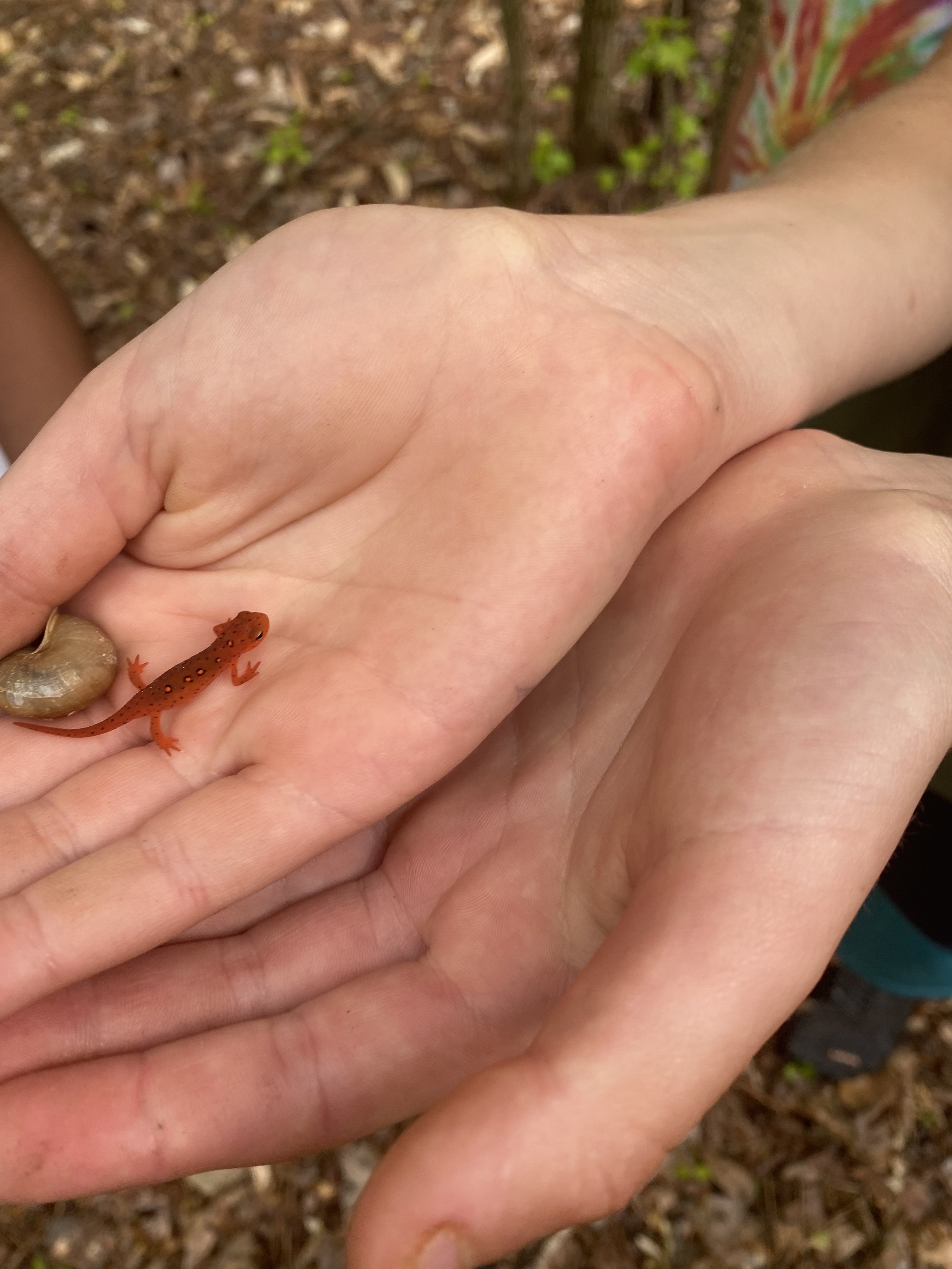Ending the Myth of Separateness
In hearing of the recent student deaths at North Carolina State University I keep thinking with great sadness about the loneliness and despair that precedes death by suicide. As suicide rates increase, and violence and guns emerge as the most common causes of death among young people, I believe that nothing is more harmful right now than the enduring myth of our separateness – the myth that we are in this alone as individuals and we rise or fall based upon our personal attributes and abilities.
The separateness myth leads to myriad problems from the neurobiological to the ecological. When we look at the reality of our circumstance as beings here on Earth, we quickly realize that even this thing we think of as a body is the product of trillions of other microorganisms living together to create our microbiome. Without them we would quickly perish – we need them to survive, to think, and to digest. We cannot exist as a separate entity. Within ourselves, we don't exist psychically as separate from community and family. Examination of our biology and behavior makes it clear that we human beings were made to be together and to take care of one another. I was recently reading “Why We Sleep” by Matthew Walker PhD. Dr Walker points out that the diversity in circadian rhythms wherein some of us naturally wake early and fall asleep early while others wake late and fall asleep late was biology’s answer to safe sleep for humans. We were designed to co-sleep with our whole family and if some people woke up late while others went to bed early, the entire group would only be asleep and vulnerable for 4 hours versus 8 hours if everyone fell asleep and woke up at the same time. The quirks of phenotype that may feel like individual weaknesses are strengths when we see ourselves as part of a dynamic whole – a group of people working together to survive.
Mental healing cannot occur in isolation – the final irony of the most individualistic culture in human history is that we try to heal the wounds of isolation in isolation. Instead, we must heal as community and community must heal us. When we heal as community, we can find the strength in the thing that we perceived as a weakness. The perfectionist who struggles to complete work alone can put the finishing touches on the group’s work. The dreamer who struggles with execution can be the visionary who works with the practical operational types. The sensitive person who once persistently wondered if people were mad at her becomes the healer who notices alienation and discontent among others and brings it to the group’s attention. I remain convinced that we all have a place in this world and that our supposed dysfunction can be our medicine when we are grounded in deep understanding of our own strengths and gifts.
Envisioning Jubilee Healing Farm, I hold my intention of creating a place and culture where people are seen and their brilliance is held as part of a neurobiological and ecological community of healing. Such a community sees each person as inherently worthy and whole. The purpose is for the group to dynamically grow into a balanced whole through full manifestation of each person’s gifts. As clinicians we can look for what is right instead of what is wrong, and we must train ourselves to do so relentlessly. I see stepping into the path of environmental stewardship as a way to allow patients to shine – there is so much to do every single day on a farm, and doing the work provides reassurance that we have a role and a “place in the family of things” to quote Mary Oliver. Lastly, I believe that the work on the farm can provide a non-trivial degree of autonomic grounding, taking clients from a chronic stress state to one that is less reactive. Place and space can intersect with programmatic cultural norms to settle us all into an internal experience that does not require constant vigilance and defense. Even as I work on business models, licensing, accreditation and compliance, my greatest energy is devoted to contemplating the model of care that can call forth the highest in each person present and build a sense of interconnection and stewardship for all.
